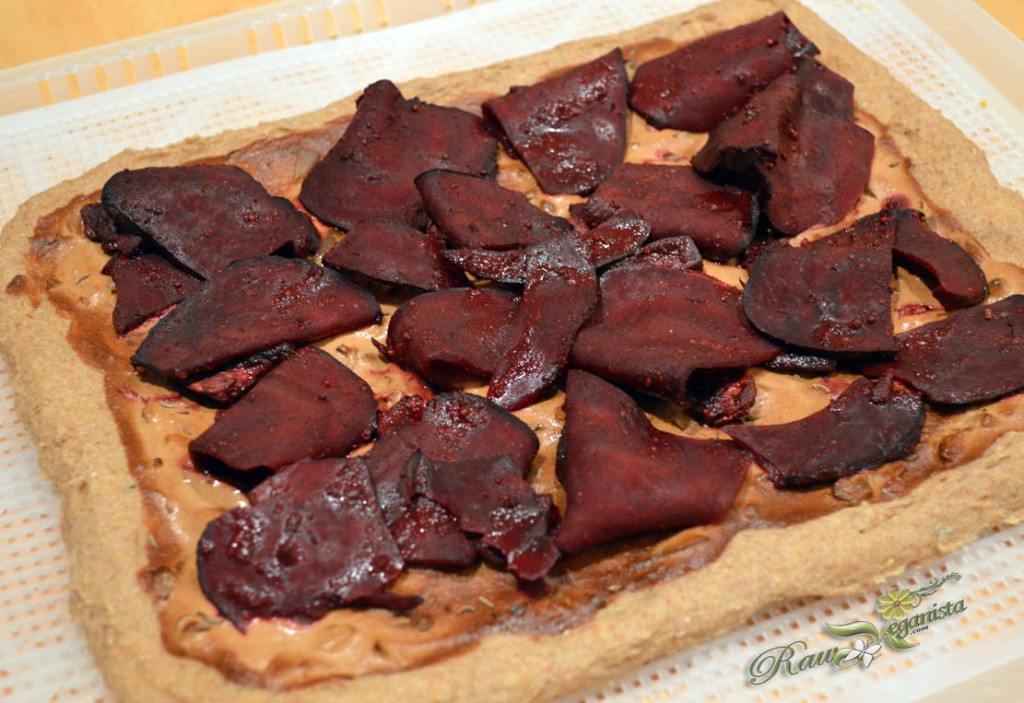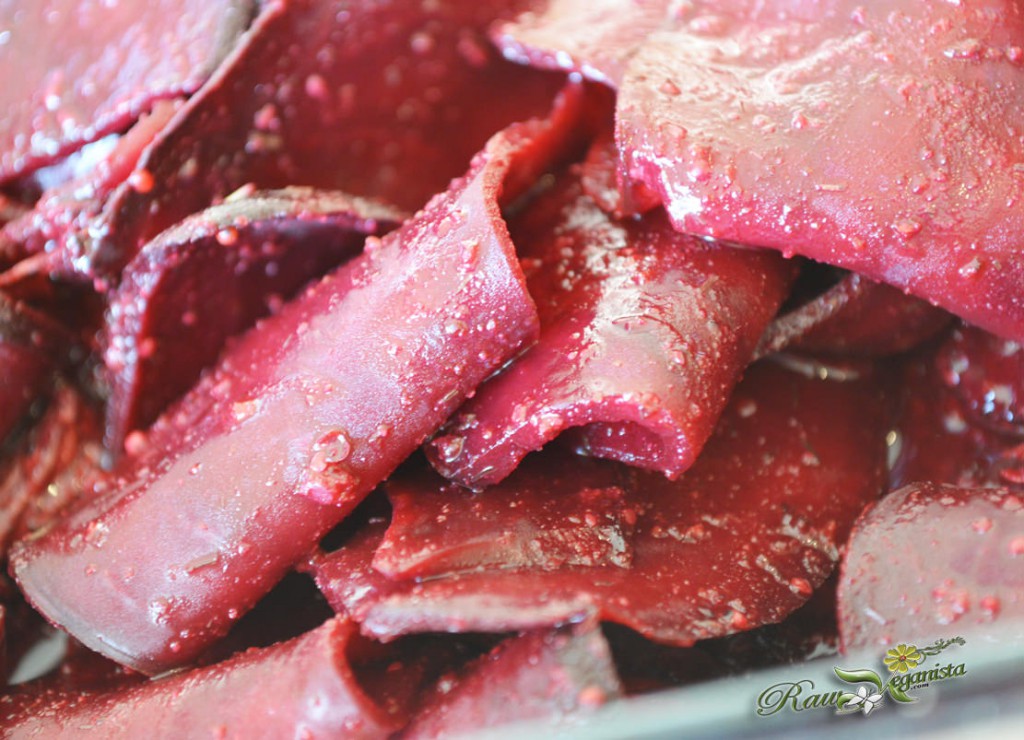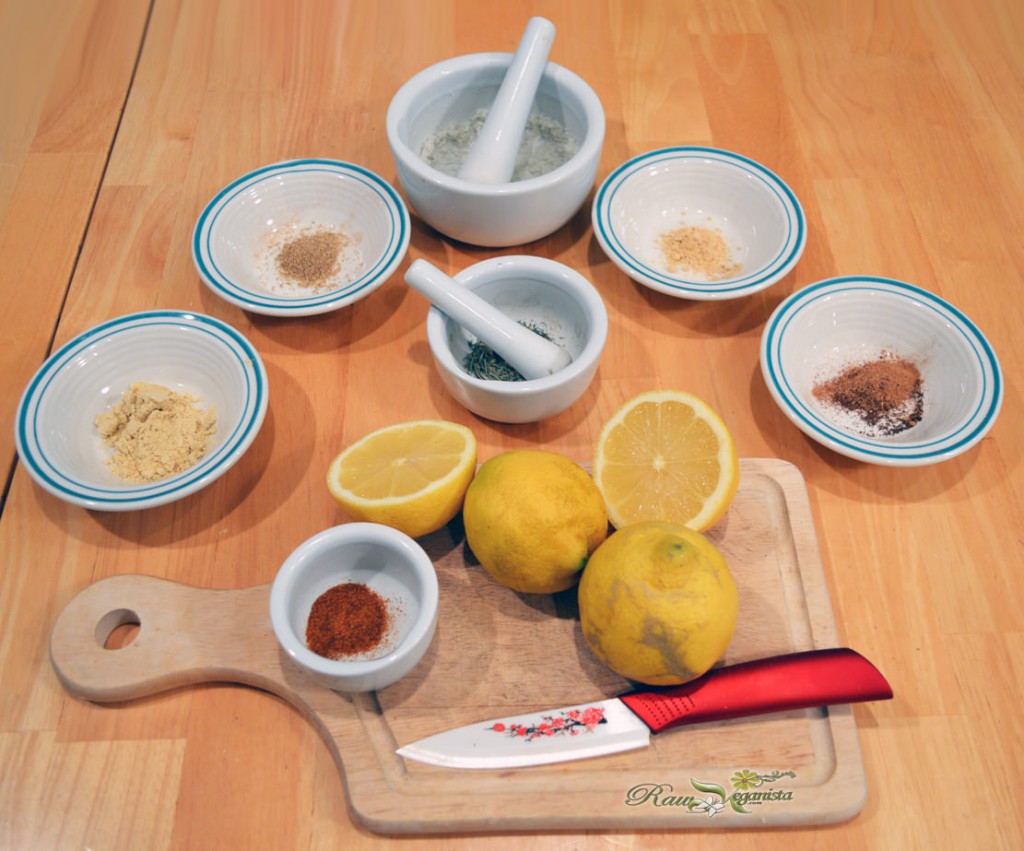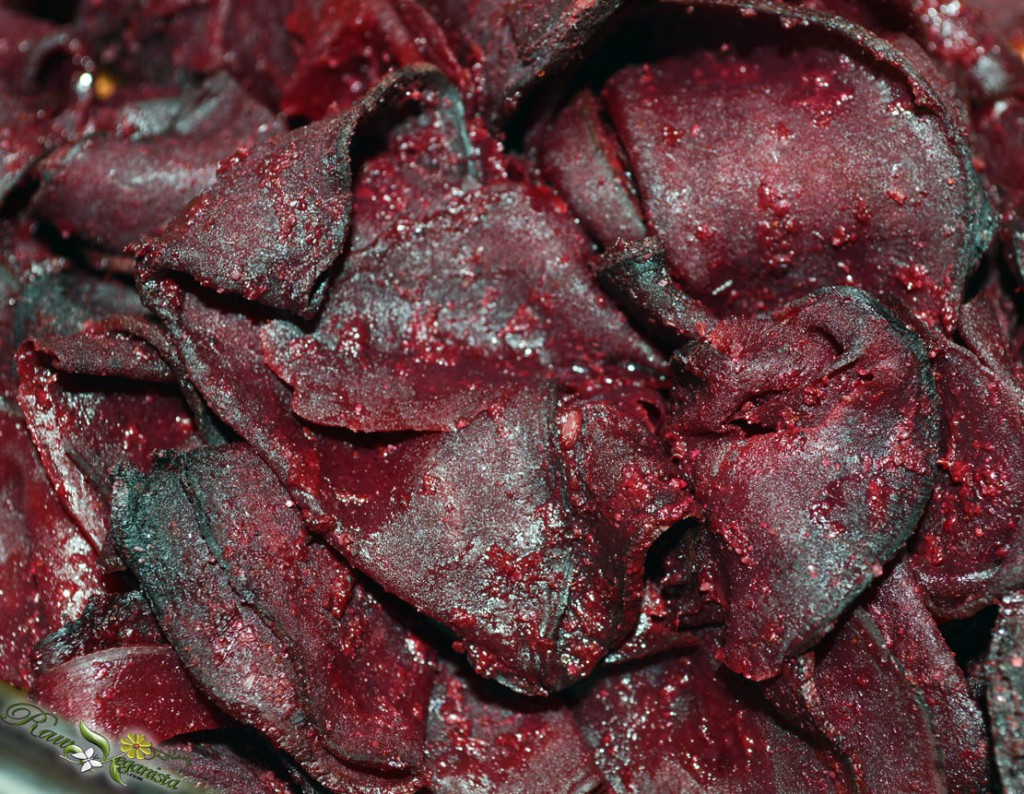Erm… WHAT and cabbage?
Strange as it may sound, I honestly had no idea what “corned beef” was, or how such a thing was made, until just a few short weeks ago. I suppose it’s possible that some morbid curiosity at the name was what led me to sit still for long enough to find out… Cheers for the cringes, Food Network! 😛
Perhaps that’s only to be expected from someone who never really engaged in consumption of such things (though I can hardly believe that my 25th “veganniversary” will be coming up in less than 2 months ^_^), yet still I felt a wee bit odd in my incredible lack of knowledge at the time when the reference crossed my path. In any case, I decided to research a bit and attempt concoctions of a spice blend to use with various members of the vegetable kingdom–mainly to see if I might be able to create a mock up which might please those who previously enjoyed eating such things. As such, I managed to come up with some rather pleasing results from experimenting with mushrooms and also beetroot–the latter standing up a bit more boldly to the marination process.
You see, the secret of making many foods palatable is mainly in the way it has been seasoned/prepared. Without seasoning or heat processing, animal flesh is generally unpalatable, dead(ly), decaying, and well… really rather vile! Unless, of course, one is an obligate carnivore or true omnivore. Some of my closest feline friends have absolutely thrived on raw meat, and in an ideal world they would thrive further still if allowed to hunt for their own prey.
But I digress! This post shall actually be my third installment in the blog’s St. Patrick’s “Pi Day” Raw Reuben Pizza series, and offering to enquiries from meat-free friends still wishing to celebrate the Feast of St. Patrick with some semblance of their traditional fix of “corned beef and cabbage” (the latter of which has been addressed in yesterday’s super simple sauerkraut post).
For clarification purposes, I should probably explain my reason for opting to use fresh lemon juice as base element for the brine/marinade solution (in lieu of water, which is generally called for in traditional/cooked recipes using non-vegetable items). Should we have chosen to work with water, this project would require a great deal of salt to make a brine. As lemon creates the acidity & sharpness in flavour necessary for permeating the beetroot, not much salt is actually needed. There is also no added sugar in this formula, as the beetroot itself is sweet enough to create that aspect of the flavour profile on its own.
I also noticed that spices traditionally used included juniper berries, allspice, and sometimes anise. Since I do not not presently have access to any of these, I have made a few simple substitutions (see notations of such in the list of ingredients below).
List of supplies and ingredients:
- Mandoline slicer
- Shallow glass dish
- Vitamix (or similar high-speed blender)
- Dehydrator (somewhat optional, but extremely helpful)
- Large, organically grown beetroot (I source mine locally from a fab small family farm in a neighbouring town)
- 1½ tsp Celtic salt
- 2 large Eureka lemons
Spice blend:
(Disclaimer: Please forgive me for any inaccuracy, but the “measurements” below are based on loose estimations. As with many of my other formulations, this mixture was completely eyeballed & based on personal preferences.
The entire blend yielded me 6 teaspoons after grinding. Please feel free to use photo below for some abstract visual reference!) - 1½ tsp ground mustard seed
- 1 tsp Coriander
- ½ tsp Ceylon cinnamon
- 1 tsp cayenne
- ¼ tsp cloves
- 1 tsp Allspice (for which I substituted with 2 parts cinnamon, 1 part nutmeg, 1 part cloves–replacing the measurements above for cinnamon & cloves)
- Juniper berries (for which I substituted with ~¼ tsp rosemary leaves)
- 2 bay leaves (for which I substituted with ~¼ tsp thyme)
- ½ tsp dill
- ½ teaspoon ground ginger
- Anise (for which I substituted ~¼ tsp fennel seeds)
Instructions for preparation:
- Thinly slice beetroot with mandoline slicer (I used 1.5 & 2.0 settings on Kyocera’s ceramic slicer).
NOTE: Please be careful to avoid slicing fingers (I use special anti-cut slicing gloves for such tasks, as pictured)!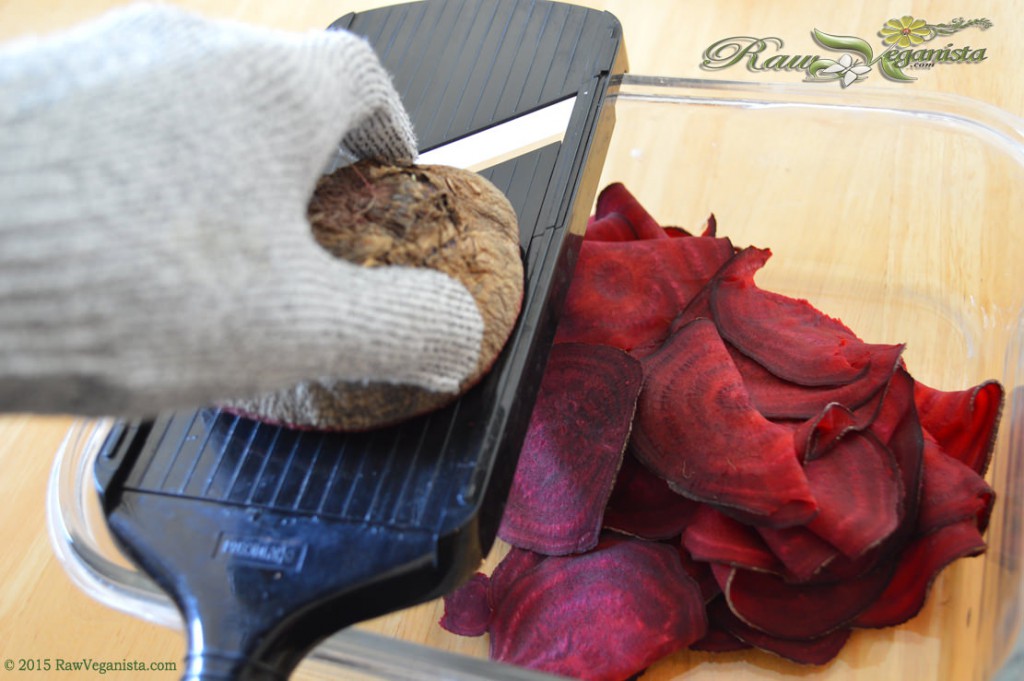
- Juice lemons (2 medium to large Eureka lemons should produce ½ cup of fresh juice).
- Grind whole spices and salt (doing so with a mortar & pestle worked quite well for me–salt was ground separately).
- Combine freshly ground with pre-ground spices & incorporate well.
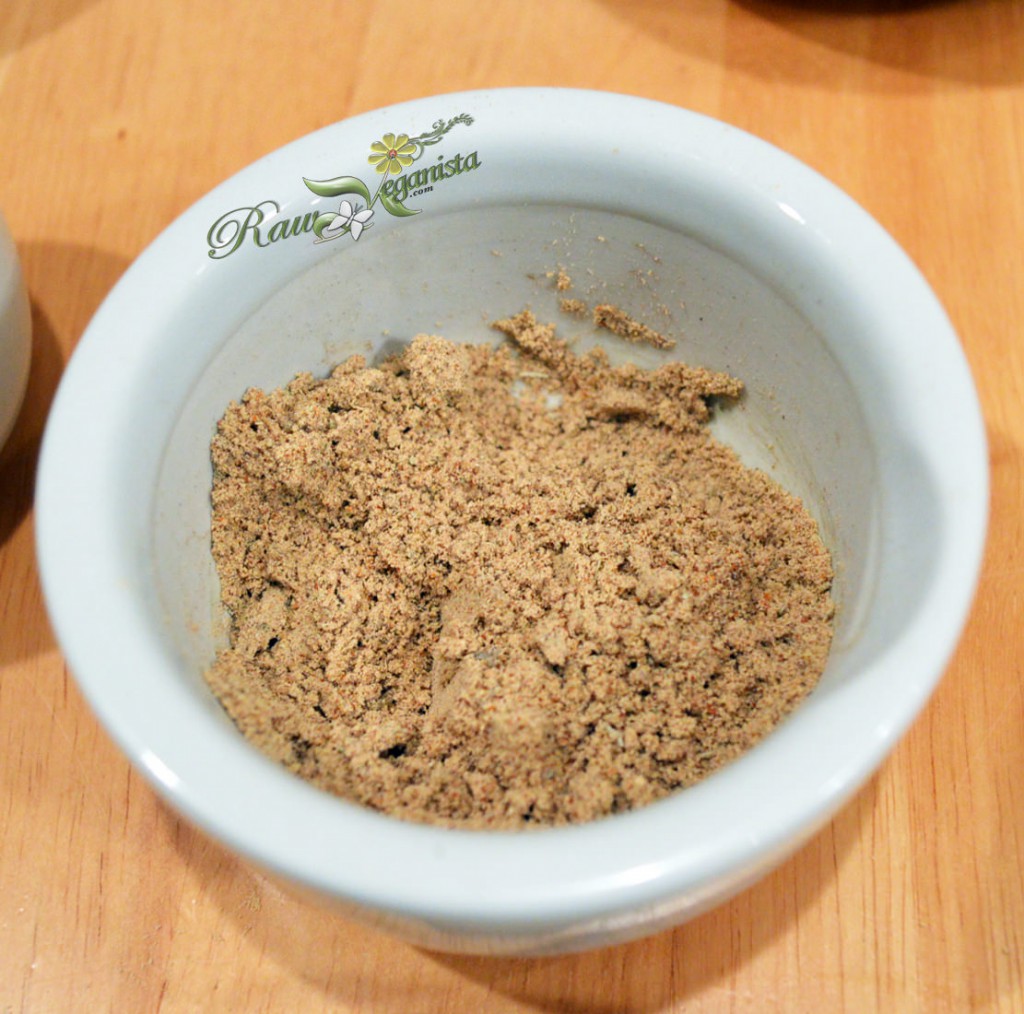
- Combine fresh lemon juice with ~1½ tsp Celtic sea salt in shallow glass pan, stirring to ensure proper dissolution of salt.
- Add ~6tsp corning spice to brine, also stirring to ensure proper dissolution/incorporation.
- Add thinly sliced beetroot, making sure to coat each slice with spiced lemon brine solution.
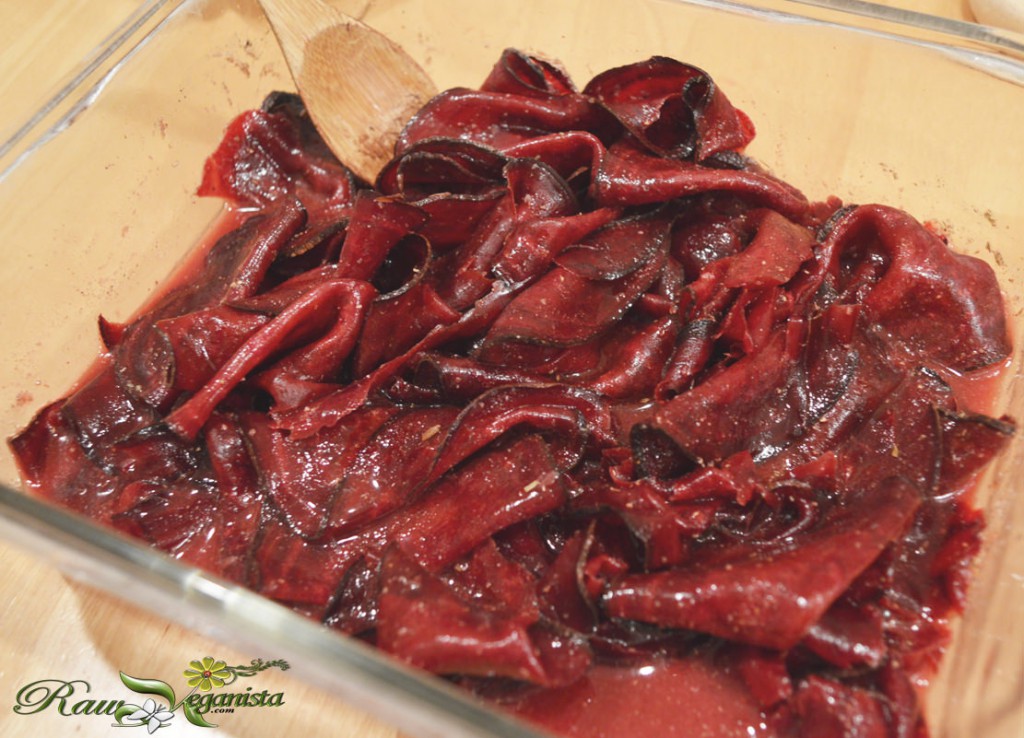
- Place dish in dehydrator (which had previously been set to 93ºF/34ºC for drying the raw gluten-free/grain-free rye bread pizza crust) & allow sauce/marinade to congeal until well bound with beetroot slices.
- Check in to agitate mixture from time to time, so as to maintain even coating throughout.
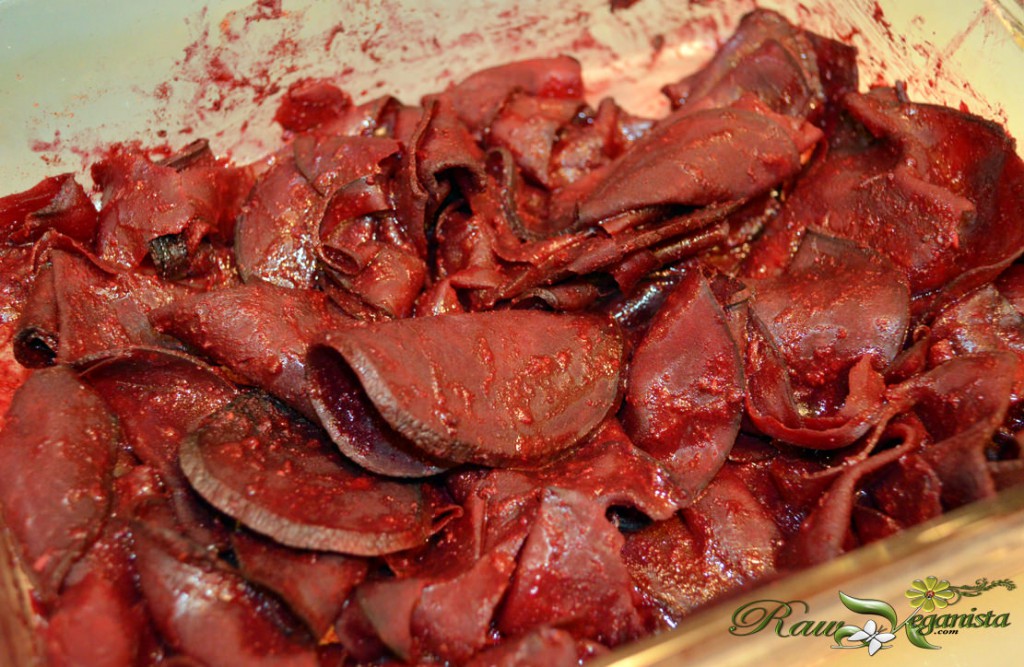
- Once nicely cured (~6-7 hours), remove from dehydrator for storage, consumption, incorporation into recipes
…or you can do as I did and
- Use as topping over sauce (& under kraut) for the aforementioned St. Patrick’s “Pi Day” Raw Reuben Pizza!
